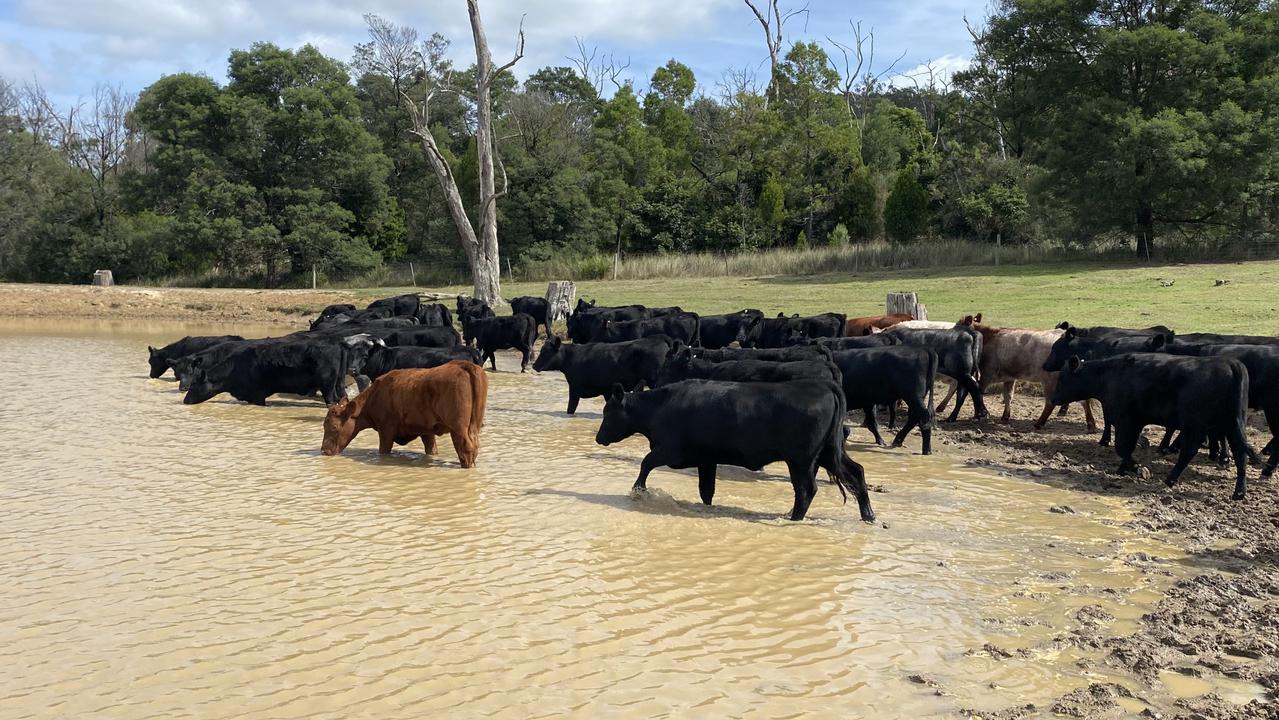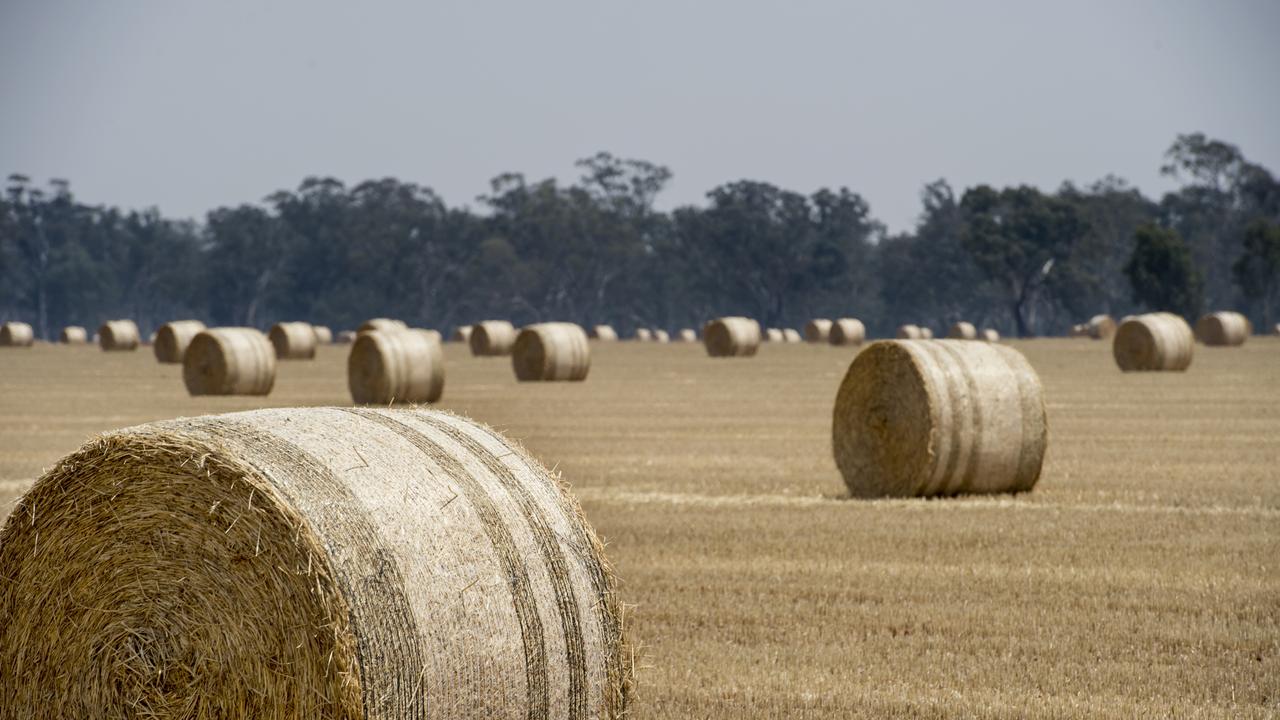January rainfall figures a tale of two seasons
Some centres in southeast Australia recorded three times their normal rain during January — while others recorded just a third. Discover where the rain fell and where it didn’t.
IT was a tale of two seasons across Victoria during January, with some centres recording three times their average rain totals — but others measuring just a third of theirs.
According to Bureau of Meteorology rainfall figures, January was generally wetter than average across most districts, with just four of the 33 weather stations in Victoria and southern NSW routinely monitored by The Weekly Times recording a drier-than-average month.
The best falls, relative to the long-term average, were in western Victoria and southern NSW, with Stawell leading the charge with 110mm for the month equalling 309 per cent of its long-term average.
Ballarat’s 118mm represented 299 per cent of its normal January total while other centres recording more than twice their average rain included Narrandera NSW (102mm or 294 per cent), Geelong (85mm or 273 per cent), Melbourne Airport (108mm or 268 per cent), Mortlake (94mm or 267 per cent), Albury (97mm or 264 per cent), Warracknabeal (63mm or 246 per cent), Warrnambool (119mm or 244 per cent) and Ararat (92mm or 236 per cent).
At the other end of the scale, Swan Hill measured just 10mm for the month, or 36 per cent of its normal January rain, while Hopetoun measured 24mm (74 per cent), Echuca 25mm (92 per cent) and Sale 42mm (95 per cent).
Monthly totals were buoyed by good rain across parts of southeast Australia in the past week. Some of the biggest falls were recorded in southern NSW and Victoria’s North East, with Condobolin (128mm), Narrandera (81mm), Lake Cargelligo (75mm), Albury (74mm), Temora (71mm) and West Wyalong (70mm) leading the charge north of the Murray River in the seven days to 9am yesterday. In the North East, Warrenbayne picked up 124mm, Strathbogie 127mm, Violet Town 120mm, Euroa 85mm and Rutherglen 75mm.
Birchip and Walpeup recorded the best falls in the Mallee, each measuring 33mm, followed by 31mm at both Berriwillock and Mildura. The biggest totals in the Wimmera were at Rupanyup (79mm), Ben Nevis (68mm), Stawell (67mm) and Warracknabeal (60mm) while Dunolly (72mm), Bendigo (70mm), Charlton (69mm) topped the charts in the north of the state.
Terang (74mm), Ararat and Ballarat (66mm), Colac (62mm), Lismore (60mm) and Camperdown (59mm) fared the best of the west while in the east, Jindivick picked up 52mm ahead of Ensay’s 44mm and Thorpdale’s 40mm.
Meanwhile, good rain during January has given a solid start to calendar-year figures. In NSW, Ivanhoe’s 94mm for the month means it has already received 40 per cent of its long-term calendar year average, placing it ahead of Condobolin (150mm or 37 per cent of its annual average) and Forbes (144mm or 30 per cent).



